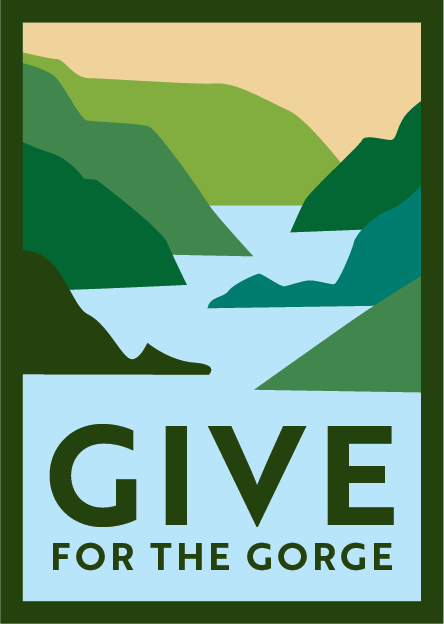Give for the Gorge FAQs
-
Participating local Gorge businesses collect donations made in conjunction with their patrons’ purchases. Depending on the business, patrons will either be given the choice to “opt in,” where they can choose any amount to donate; “opt out,” where patrons can choose to remove a donation that’s been automatically added; or “round up” where they donate the amount to the nearest dollar.
-
Funds donated to Give to the Gorge go to support eight Gorge-based nonprofit organizations working hard to make the community a better place in the areas of conservation, food security, and housing. The groups are:
Cascades Carnivore Project
Columbia Land Trust
Columbia Riverkeeper
Friends of the Columbia Gorge
Gorge Grown Food Network
Mid-Columbia Community Action Council
The Next Door Inc.
Thrive Hood River
-
Donations to Give for the Gorge are divided equally among the eight recipient nonprofit organizations.
-
Yes. Each of the eight organizations receiving support from Give for the Gorge is a 501(c)3 nonprofit organization. The EIN for Friends of the Columbia Gorge, the program's fiscal sponsor, is 93-0782467.
-
Groups were chosen based on their strength in supporting the three priority program areas of Give for the Gorge: conservation, food security, and housing.
-
Yes, Give for the Gorge will be adding additional groups in the future once a financial target of $200,000 in donations has been met. This will allow participating groups to receive a meaningful level of funding before donations are disbursed among a larger number of organizations.
-
See our Business Partners page.
-
Yes, the organizations Give for the Gorge supports work on both sides of the Columbia River, in both Oregon and Washington. And while we are starting with a small number of initial businesses for the startup phase, we aim to include a broad number and type of businesses throughout the entire Gorge in the future.
-
Yes, the program is designed to run year-round.
-
Give for the Gorge is modeled after a successful point-of-sale fundraising program in the Lake Tahoe region called $1 for Tahoe.
